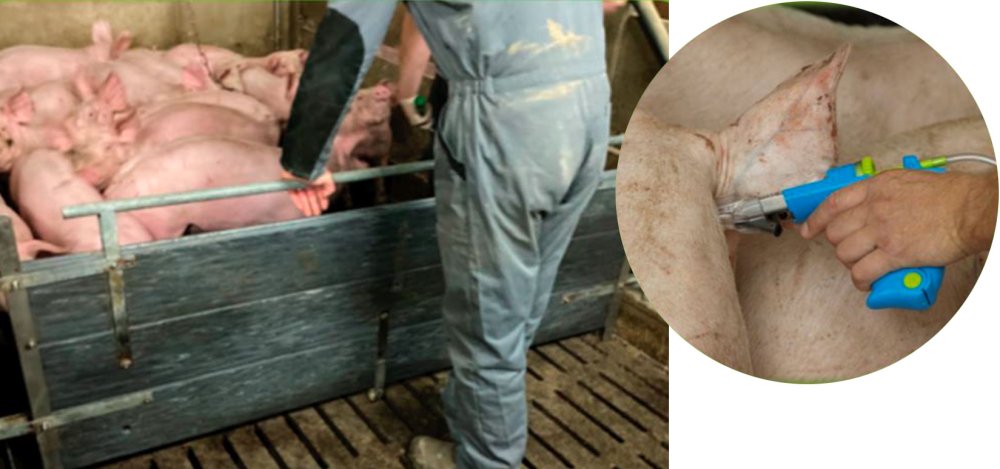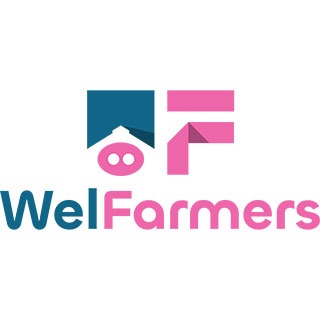Abstract: Enhancing the value of immunocastration
Type and Average of Pigs on the Farm
750 sows, 22,000 weaners, and 20,800 grower-finishers.
Farming System
Intensive production system.
Description and Evaluation of the Good Practice
Since 2016, CHB company has adopted immunocastration as the preferred method for raising pigs to high finishing weights (140–160 kg) under high welfare standards, including straw bedding and increased space per pig. This eliminates the need for physical castration and avoids boar taint and aggressive behavior. The company manages the entire process from farrowing to marketing, with seven trained staff ensuring compliance. No customer complaints have been received since implementation. The practice has shown positive ROI, improved feed conversion ratio, and a 1.8% increase in lean meat. An extra third safety vaccination is administered to 5–15% of pigs to ensure compliance. The market supports this approach, offering a premium of +0.05 €/kg carcass weight.

Farm Context
- Pigs
Genetics: Large-White × Landrace (sows), 50% Duroc DanBred × 50% Pietrain (boars)
Final weight: 144 kg
Slaughter age: 185–190 days
Floor type: Straw bedding in large groups - Environmental Enrichment
Straw bedding and increased space per pig. - Housing and Management Characteristics
Floor type: Straw bedding in large groups
Whole male fattening diet. Vaccination in corridor with 0.65 m²/pig. Sexing is mandatory. Batches of 12–15 pigs vaccinated. - Management Practices
Immunocastration protocol: 2 injections at 15 and 19 weeks, with a third for 5–15% of pigs.
Training: Mandatory theoretical and practical training.
Staff: 7 people involved per batch.
Needle changed every 12 pigs
Safety: Use of specific syringe and panels to reduce pen size.
Feedback: Human nose method at slaughterhouse shows 0.05% boar taint.
Economic Analysis
Cost: 3.5 € for Improvac injections, 1.5–2 € labor, total ~5.25 €/male.
Benefits: Improved FCR, +1.4% lean meat, no impact on ADG, reduced labor, improved welfare, +0.05 €/kg carcass premium.
Environmental Analysis
GHG emissions: 9–16% lower for IC vs SC.
Nitrogen excretion: 14–19% less.
Phosphorus excretion: 14–24% less.
Water usage: Significant savings.
Manure: Statistically significant reduction.
Replicable Benefits and Relevance for Other EU Countries
Easy to implement. CHB is open to sharing experience. Strict protocol and safety measures ensure minimal risk. Market supports welfare-based practices.

